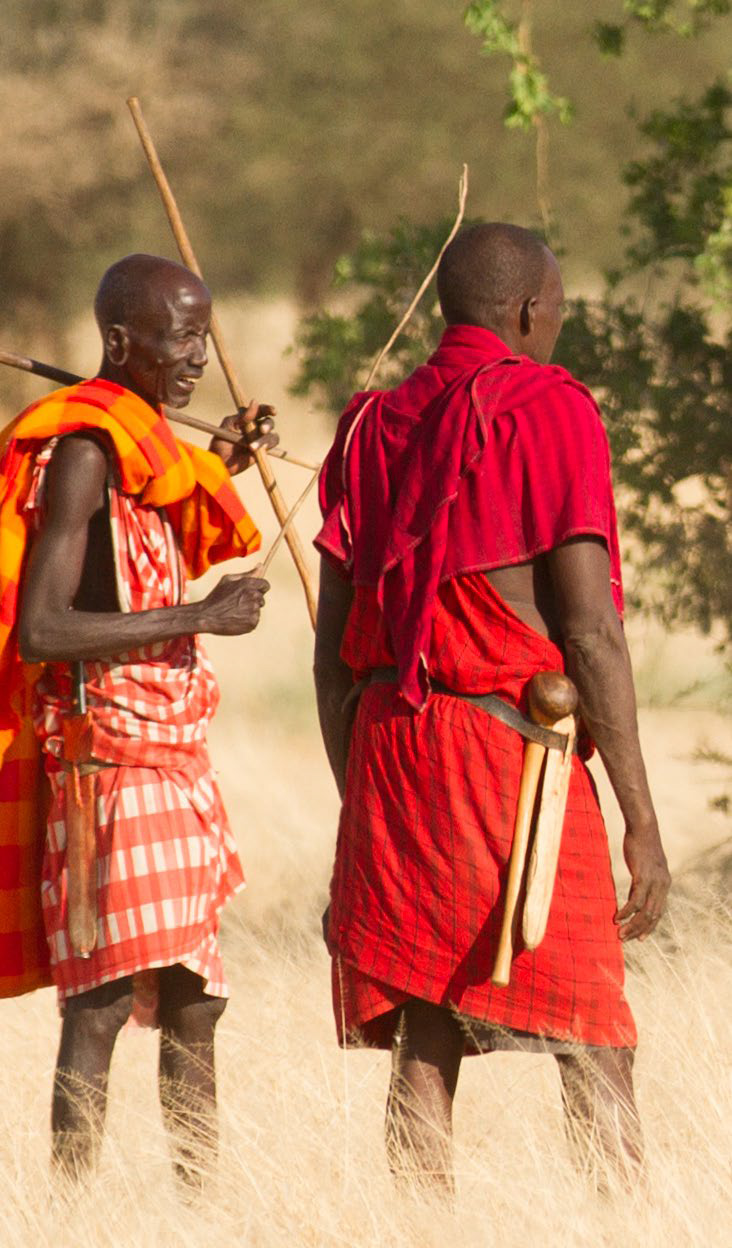Who are we?
Johann and Samantha and their children Seyia and Taru were all born and raised in Kenya. Johann’s family first came to Kenya in the early 1900’s from South Africa, some by boat and some by ox-cart.
He grew up on a farm in Western Kenya and very early on developed a love for all things wild. His passion was always to live in the wilderness so after some time in Australia and then Switzerland where he studied Hotel Management, he returned to manage tourism camps in remote corners of Kenya. His first experience in Shompole was as one ofthe first managers of the original Shompole Lodge in 2002.
Samantha’s love for the wilderness first led her to study Zoology and Psychology before heading to the Shompole area in 2005 to help establish community-based research and conservation work. She helped to establish the South Rift Association of Land Owners (SORALO) and established the Lale’enok Resource Centre.
Their love for the area found a joint home in the creation of Shompole Wilderness camp, which has allowed them to live and work together, and raise their children in the wilderness, and with the people, they both care so much about.


The Maasai
The Maasai people are among the best known tribes in Kenya. For the most part they still live traditionally as pastoralists, herding their sheep, goats and cows across the landscape, living alongside the wildlife that also reside on their land.
Maasai people arrived in East Africa between 100 – 500 AD, migrating from what is now South Sudan. As a people they now occupy much of the 100,000 km2 area that spans the Kenya–Tanzania borderlands and the Rift Valley (as shown on the map).
In this region, where we are now, the combination of a two rainy seasons and a range of altitudinal gradients make this area one of the richest biodiversity regions in Africa, and richest mammalian centres on earth.
This borderlands region also has around 16 National Parks and reserves stretching from Serengeti and Maasai Mara to the West and Tsavo-Mukomazi to the East and supports the greatest abundance of pastoral livestock and wildlife in East Africa. Within Kenya, approximately 7% of land is under Nationally protected areas, but over half of Kenya’s wildlife resides outside these areas, mainly on land where pastoralists, including the Maasai, live. Keeping this vital landscape open and connected is important forthe future of both people and wildlife.
Needless to say, all of this makes the Shompole area, situated in the heart of this important landscape, a significant area for both wildlife conservation and the Maasai people. The Shompole community believe that their land should remain intact and with open boundaries so that their livestock and also wildlife can move freely, following water and grass as they always have done to survive and they also believe that they can benefit from wildlife conservation to supplement their income from livestock, which is why they established a community conservancy and invited in tourism partners like ourselves.
The Maasai arrange themselves across the landscape in what are called Sections. The Section of Maasai in the Shompole region are the Oloodokilani, who are known for the predominantly white beads in their beadwork.
